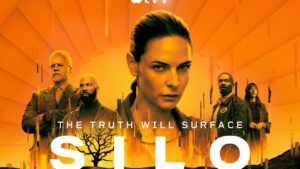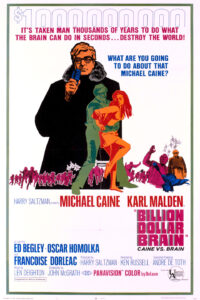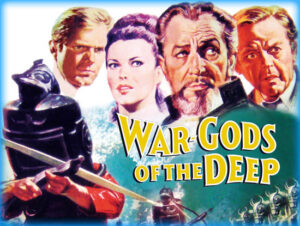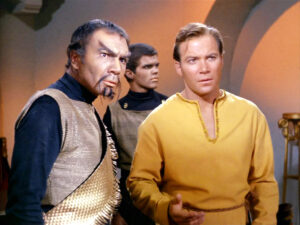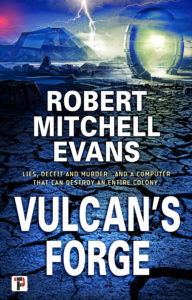.
Here are my thoughts on a few scattered subjects.
The Titan Tragedy
The loss of the vessel with the five people aboard was a tragedy. Albeit an avoidable tragedy and one that is wholly unsurprising given the history of the company and its attitude towards safety. The only grace in the terrible affair is that the people aboard almost certainly had no awareness of their demise. A catastrophic failure of the pressure hull at depth is an event that would be measure in milliseconds involving energies comparable to several sticks of dynamite.
Star Trek: Strange New Worlds Season 2
Quite happy to see this series return. I am an old fart and much of the recent Star Trekofferings have not worked particularly well for me. Granted episode one gave us yet another massive court-martial event that will be swept under the rug further supporting the jest to advance in Star Fleet an officer must at some time commit mutiny, the series remains enjoyed with interesting characters and a fine cast.
Marvel’s Secret Invasion
Off to a good start. Fun paranoia dealing with shape shifters and the eternal question of ‘who can you trust?’ A definite ‘gut punch’ of an ending at the first episode as stakes rose considerably. Of course, it won’t be until the story is concluded that I can render a final judgement. Endings are critical and a bad one can ruin an experience. e.g., Game of Thrones
Adventures in ‘Pantsing’ a novel
My experiment continues along. My first novel length attempt at horror combined with an attempt to craft the novel without an outline has now reached about 25000 words of an expected 80,000 to 100,000 word target. I suspect that the current act, Act 2 of 5, will be the most challenging and if I can get through this bit the rest should fall into place.

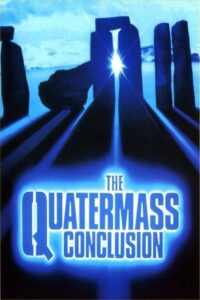 ..
..